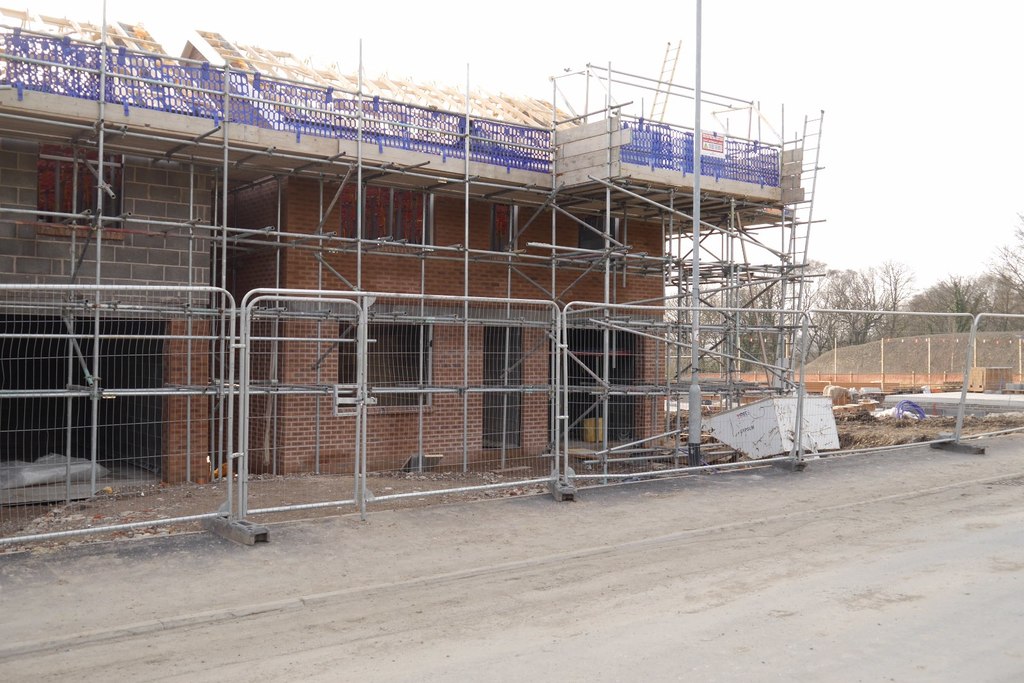With the sector showing signs that it’s set to rebound from a decline in pandemic output, Lee Martin, head of UK for property development optimisation platform Unlatch, believes now is the time for a housebuilding boom.
2020 was a tough year for us all. There wasn’t a corner of the nation that wasn’t impacted by the spread of Covid-19 and as the pandemic intensified, so too did its impact on our personal and professional lives.
The housebuilding sector was no different and, following an initial industry lockdown, a return to the workplace was made all the more difficult due to the daily updates to Covid protocols, a severe shortage of labour, and an increase in the cost of materials that had been steadily building since Brexit.
Hardly surprising then, that 2020 saw the value of construction output delivered via the housebuilding sector fall considerably.
Credit where it’s due, the industry did rally with this construction output still hitting a respectable £37.8bn over the course of the year, however, this was the lowest annual total recorded since 2016.
Not only this, but it marked the first annual decline in the value since 2012, a hefty 21% drop when compared to 2019.
To put this decline into perspective, the only other annual dip recorded since 2010 was a -5% decline in 2012. Between 2010 and 2019, the sector had managed an 11% average annual rate of growth and even with this disastrous pandemic dip, we finished the decade with values still averaging an 8% annual increase.
This was a decline felt across the board, although it was more pronounced in the public sector with values declining -32% in a year versus a drop of 19% across the private sector.
So, what did it mean at a market level? Based on this value and the number of new dwellings completed, the average price per dwelling sat at £221,594. Down 3% on the previous year and the lowest value seen since 2017. But all things considered, not the end of the world and a firm foundation to dust ourselves down and move forward from.
So, what are the positives looking forward?
Well, 2020 did suggest some strong signs of future growth. To begin with, there were 47,763 house building sector firms operational across Britain. This figure has not only climbed 5% on 2019 levels, but has grown at an average annual rate of 6% over the last decade and is the highest level on record during this period.
Not only are there more firms in operation, but they’re employing more people. 230,000 in 2020 to be exact, again marking a 3.5% jump on the previous year and the highest level on record in the last decade.
These aren’t indicators of a sector that’s on its knees and in need of help. Rather a sector that has weathered the storm by preparing itself for sunnier days.
Now that those days have arrived, we can expect this decline in output seen during 2020, this pandemic blip, this historic anomaly, to be resigned to the record books, as we once again get Britain building for a better future and to deliver the new homes we so sorely need.
We’re Still Buying! Sentiment High Despite Inflation, Interest Rates And War!
Despite a backdrop of the Ukraine crisis, soaring fuel bills, rising interest rates and high inflation, buyer sentiment remains strong according to the latest snapshot from OnTheMarket.
Its new survey, released this morning, says 75 per cent of active buyers in the UK are confident they will purchase a property within the next three months – while 82 per cent of sellers were confident they would dispose of their home in the same period.
Some 61 per cent of properties were Sold Subject to Contract within 30 days of first being advertised for sale, compared with 43 per cent in February 2021, the portal adds.
OTM says the confidence is well placed because while more stock is coming onto the market, it’s not keeping pace with pent-up demand.
However, the portal accepts that the overall market backdrop is undeniably more stable than the hectic scenes witnessed last year, although it remains faster-paced than prior to the pandemic.
It says that with property prices still rising, sellers may be tempted to wait so that they get the maximum for their home but with many of them also moving up the ladder, the trading gap is widening all the time.
“They may achieve a higher price for their home but will spend more on the next one; and if we see double-digit price growth this year, they may even be priced out of their upgrade” says the portal in a statement.
“This faster-paced market doesn’t offer much opportunity for taking your time to come to a decision. With competition for available stock strong, buyers who aren’t organised and prepared to be decisive face missing out.
“Overall, however, this high-activity market and continued rise in positive sentiment, against a uniquely challenging backdrop, are promising signs for the UK housing market in the weeks and months ahead.”

